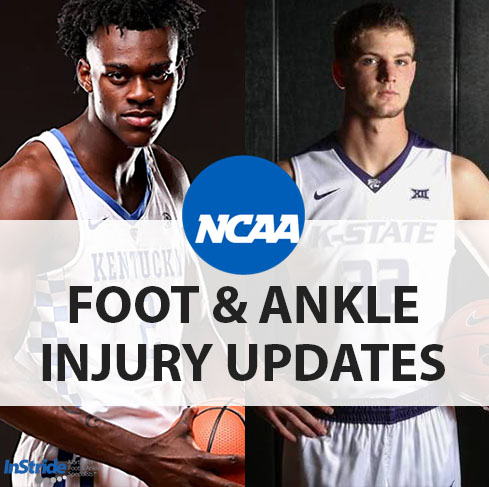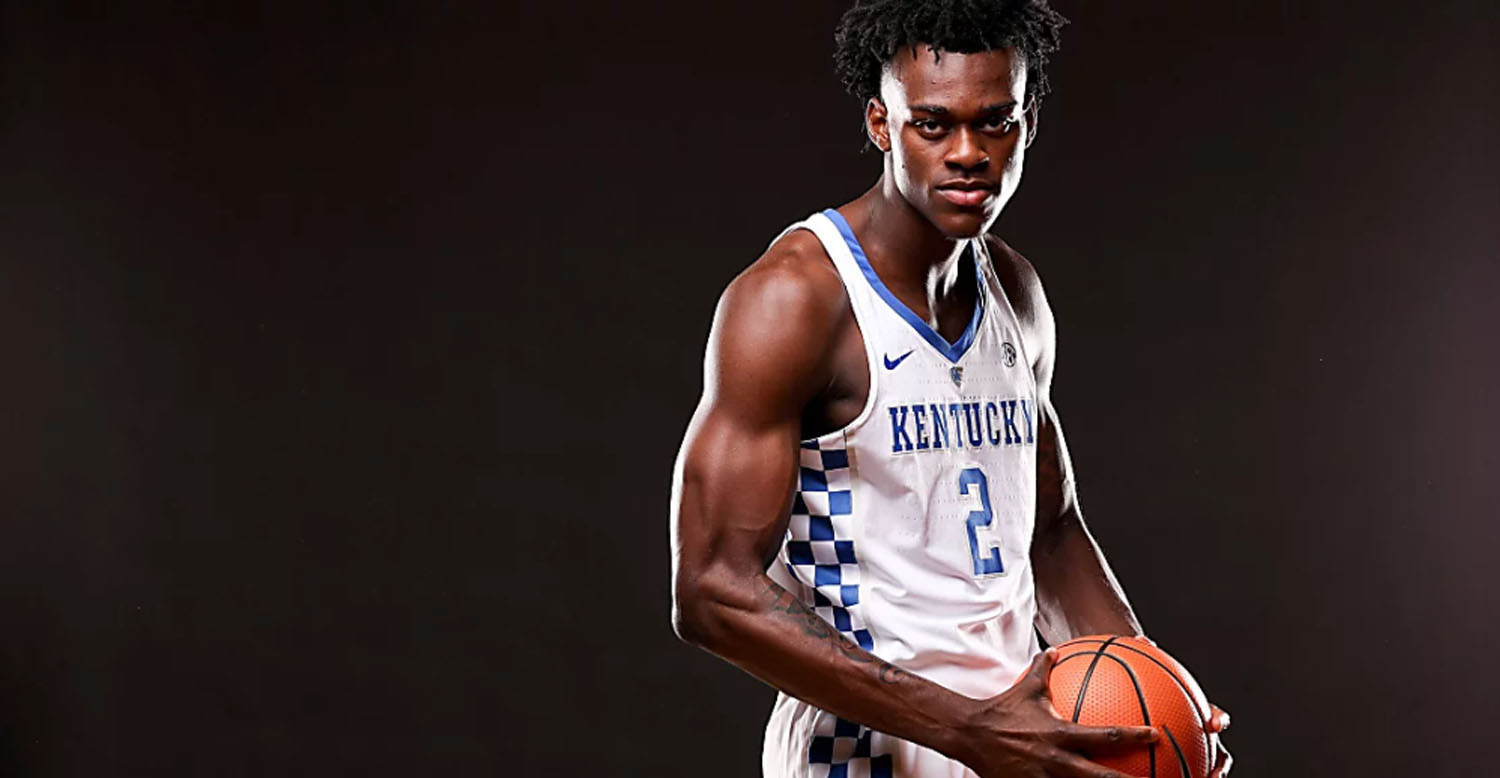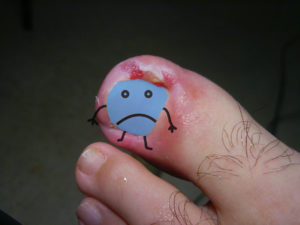Dean Wade
Kansas State has advanced to the Sweet 16 for the first time in eight years. They play Kentucky on Thursday in Atlanta, but will they have one of their star players Dean Wade?
Wade, a 6-foot-10, all-Big 12, averaging over 16 points per game in the regular season, suffered a stress fracture in his left foot in against TCU in the quarterfinals of the conference tournament on March 8. He has been held in reserve as a precautionary measure, watching his team advance in March Madness to the Sweet 16 from the bench.
As for returning to the court? Wade recently said, “I am 98% sure I will play. I don’t know if they can keep me out of this one”, noting that he has been feeling better each day. He has been ready to jump onto the court when called upon in case of emergency, but the team has not needed it yet. Against their upcoming opponent Kansas? They might. But Kansas has had their own injuries.
Jarred Vanderbilt
The other bench is also dealing with foot and ankle injuries. Jarred Vanderbilt, a 6-foot-9 McDonald’s All-American, missed Kentucky’s first 17 games after injuring his left foot, a foot that he injured twice in high school, had to miss Kentucky’s five postseason wins, the SEC tournament and two in the NCAA Tournament with a sprained left ankle.
Recently he said the ankle was “70%” last week. Vanderbilt said he was only able to “practice a little bit” last week. Kentucky coach John Calipari said he was doubtful if he would play for the upcoming Kansas State game.
Foot and ankle injuries are very common in basketball. If you read my blogs I have written several articles on stress fractures. I encourage you to read them where I go into more detail, here I will just briefly touch on them.
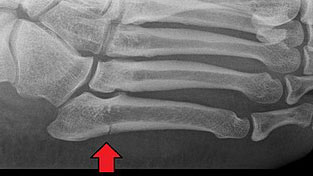 Stress fractures
Stress fractures
usually result from repetitive trauma or activity and overload to a bone of the foot until it fails. Most of us have days of recovery before we play again, but not for those who play at a high level. In basketball, the 5th metatarsal (the long bone just behind the little toe) is the usual place that gives due to the jumping and cutting on a court. Healing on average can take 4-6 weeks. We typically place our patients into a walking boot with limited activity.
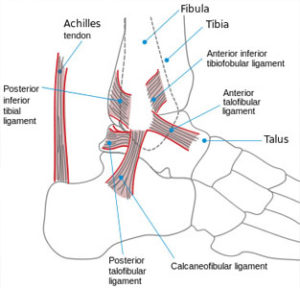
Ankle sprains
can be different than broken bones and can even lead to longer recovery in some cases. They usually occur on the outside part of the ankle, where there are three big ligaments that hold the ankle together. When we roll our ankle we can stress the ligaments, partially tear, or even fully tear them. With most people the ligaments just get stressed and need to be immobilized first, then slowly worked out and strengthened. Sometimes, severe injuries do require surgery. With high level athletes, it is much more common to not get surgery due to the aggressive physical therapy and treatments typically only available to professional and high level college athletes. (The rest of us mere mortals don’t have as much access – another blog topic itself.)
Prevention of injuries is not guaranteed with high level basketball players, even with proper support and correction of any foot deformities or deficiencies. For the average player, wearing supportive and high quality foot wear, and properly recovering before putting more stress on your feet again will help prevent those common sport injuries.

